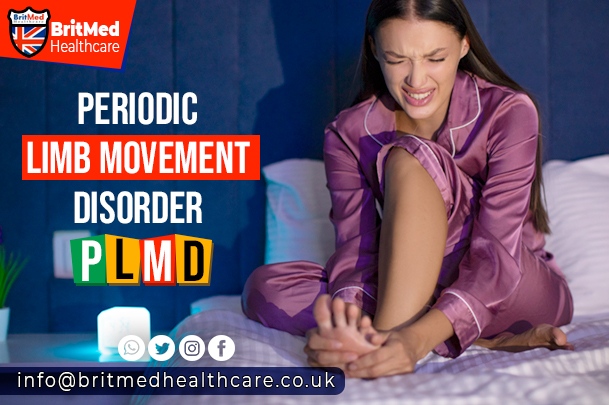Periodic Limb Movement Disorder (PLMD): A Rare yet Unfortunate Sleep-Related Condition
Periodic Limb Movement Disorder (PLMD), also known as Nocturnal Myoclonus Syndrome, is a relatively rare sleep disorder characterized by involuntary, repetitive, and periodic movements of the limbs during sleep. These movements can be quite distressing and often disrupt an individual’s quality of sleep, leading to significant daytime fatigue, irritability, and impaired cognitive function.
Symptoms and Characteristics
The hallmark symptom of PLMD is the sudden, brief, and repetitive contraction of the muscles in the legs, arms, or both. These movements typically occur every 10-60 seconds and can last anywhere from a few seconds to several minutes. They are usually accompanied by a sense of muscle cramping or twitching and can be so severe that they disrupt the individual’s ability to fall asleep or remain asleep.
PLMD can manifest in various forms, including:
- Leg movements: The most common type of movement, involving the toes, feet, or legs.
- Arm movements: Less common, but still a significant disturbance.
- Both leg and arm movements: In some cases, both limbs may be affected.
Causes and Risk Factors
The exact causes of PLMD are not fully understood, but several factors are believed to contribute to its development:
- Genetics: Family history plays a role in the development of PLMD.
- sleep disorders: Co-existing sleep disorders, such as insomnia, restless leg syndrome, or sleep apnea, increase the risk of PLMD.
- Neurological conditions: Certain conditions, such as Parkinson’s disease, multiple sclerosis, or peripheral neuropathy, may also contribute to the development of PLMD.
- Medications: Certain medications, including antidepressants, antihistamines, and antipsychotics, can exacerbate PLMD.
Diagnosis and Treatment
Diagnosing PLMD typically involves a combination of:
- Clinical evaluation: A thorough medical history and physical examination.
- Polysomnography: A sleep study that records brain waves, muscle activity, and other physiological responses during sleep.
- Movement recordings: Involuntary movements are recorded using devices such as actigraphy or movement sensors.
Treatment options for PLMD include:
- Medications: Dopaminergic agents, such as ropinirole or pramipexole, have been shown to be effective in reducing PLMD symptoms.
- Lifestyle modifications: Regular exercise, maintaining a healthy weight, and avoiding caffeine and nicotine can help alleviate symptoms.
- Sleep hygiene practices: Establishing a consistent sleep schedule, creating a relaxing sleep environment, and avoiding stimulating activities before bedtime can also help reduce symptoms.
Conclusion
Periodic Limb Movement Disorder (PLMD) is a relatively rare but debilitating sleep disorder that can significantly impact an individual’s quality of life. While its causes are not fully understood, diagnosis is often made through a combination of clinical evaluation and polysomnography. Treatment options include medications and lifestyle modifications that aim to reduce the frequency and severity of these involuntary movements during sleep. By raising awareness about this condition and its treatment options, healthcare professionals can work towards improving the lives of those affected by PLMD.
References:
https://my.clevelandclinic.org/health/diseases/14177-periodic-limb-movements-of-sleep-plms
https://www.sleepfoundation.org/periodic-limb-movement-disorder
https://en.wikipedia.org/wiki/Periodic_limb_movement_disorder
Websites:
Britmed Healthcare: https://britmedhealthcare.co.uk/
Nightingale Hospital: https://www.nightingalehospital.co.uk/
You can also book on Top Doctors UK Contact us on WhatsApp 08009708017
Top Doctors: https://www.topdoctors.co.uk/doctor/ahmed-el-missiry




